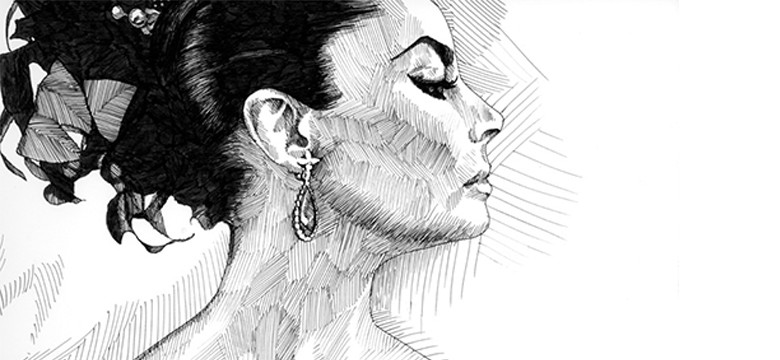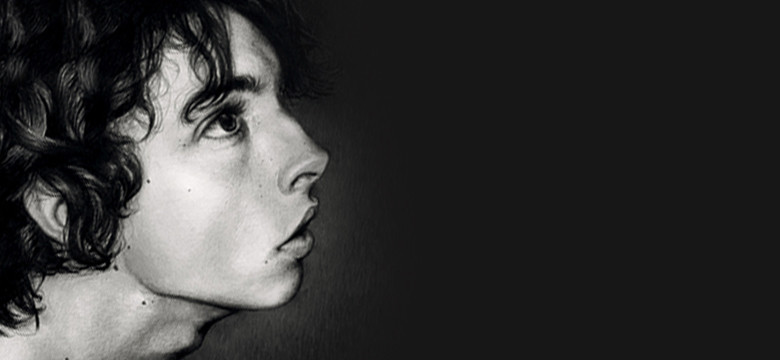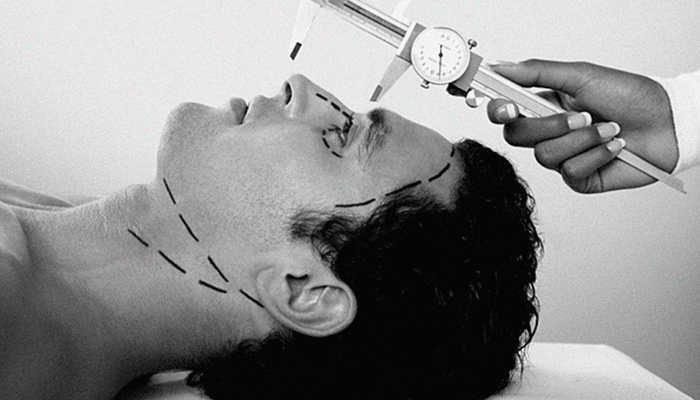What is non-surgical Rhinoplasty?

Nasal contour correction or shaping by filling with injector between the nasal skin and nasal skeleton (cartilage / bone) is called non-surgical Rhinoplasty. The patient can return to work immediately after application and the “filler effect” is observed immediately after the procedure.
İçindekiler
Why is non-surgical Rhinoplasty preferred and who is applied it?
Non-surgical Rhinoplasty (filler-nose shaping) procedures have been preferred recently because they are shorter, cheaper, minimally invasive and easily applicable than surgical procedures. Conducting the procedure by non-specialists (most of them are inexpert and they are not a doctor) who are familiar with basic issues such as functional topographic surgical anatomy may be a cause of increased complications. The reason I have just mentioned can be considered as the most important factor that causes the aesthetic gains after filling are more or less inadequate, and that no major complications are encountered, the problems and dissatisfaction are temporary and the courageous use of the practices by non-physicians.
Nose aesthetics with filling: What are the complications that can be encountered after the filling?
Immune reaction developing against filling material: Sensitivity, itching, anaphylactic shock in cases of high fever
The complications developing as a result of inadequate surgical techniques: Infection and cellulite, hemorrhage, rubor, hematoma, nodule, non-inflammatory nodule due to failure of filling to the appropriate anatomical area, granulomas occurring as a result of foreign body reaction have been observed in first month and they are usually observed when semi-permanent or permanent fillers are used.
Asymmetry,
Whitening of the nasal skin due to prolonged malnutrition (Tyndall effect), pain, dark color changes and tissue necrosis,
Ophthalmic / retinal artery occlusion owing to visual problems, blindness and other side effects
Daines SM, Williams EF. Complication associated with injectable soft-tissue filler, a 5-years retrospective review.JAMA Facial Plast Surg. 2013;15(3):226–231
Lazzeri D, Agostini T, Figus M, Nardi M, Pantaloni M, Lazzeri S. Blindness following Cosmetic Injection of the face. Plast Reconstr Surg. 2012;129(4):995–1012
Non-surgical Rhinoplasty: What are the patient variables that affect the result?
Nose anatomical structure (size, shape, cartilage / bone),
The contents and number of the filling procedures or previous surgeries,
The features of the skin (thickness, quality, oily skin, scar, soft tissue characteristics)
Non-surgical Rhinoplasty: What are the topographical features of the nasal skin which require to be known?
The thickest skin on the nose is on Nasion while the thinnest skin area that just below the nasion is on Rhinon. Rhinion shows bone cartilage (ULC) junction in the nose. The nasion region is called the nasofrontal angle (NFA).
There are 4 layers (folds) between nasal skin and skeletal structures (cartilage / bone): Superficial layer of fat, fibromuscular layer (muscle layer), deep layer of fat, cartilage / bone membrane (perichondrium / periosteum).
The disadvantage of 3D shaping of thick and fatty nasal skin with filling is the edema developed after the procedure, while the advantage is that the irregularities and asymmetries that may develop after filling can be camouflaged with thick skin.
The main feeding vessels of the nose runs its course in the superficial layer of fat (SMAS). Therefore, safe localization for fillings is the area between the subcutaneous cartilage and the deepest cartilage bone membrane.
The upper and lower regions of the nose are fed by a network formed by the terminal ends of many main arteries
Non-surgical Nose Aesthetic: Surgical Technique, Procedure/1
The filling should be given in the designated nasal area, midline and between the muscle layer (SMAS) and the bone / cartilage fascia.
Nasal midline and anatomical aesthetic units are marked symmetrically.
Conducting the procedure with local anesthesia by inflating the tissue height may cause contour asymmetry.
The shaping is done by filling in 4 zones: Nasal bridge (Radix), Bone cartilage junction (Rhinion), the Nasal Tip and finally the Supratip area (between the Nasal Tip and Rhininon).
Non-surgical Nose Aesthetic: Surgical Technique, Procedure/2
Correcting the nasal hump: If we do the first filling injection in the upper region of the nasal hump, it is tried to be corrected.
To lift the tip of the nose: Columella and medial crura are uplifted by filling in front of the bone spurs (ANS) that present at deep level between the nares.
For deformities behind the tip of the nose and the back of the nose, endonasal or nasal back is entered through the cartilage and it is spread with massage.
The fillings on the nasal walls are carefully rubbed in the cavities with a massage for at least 15 minutes. These are the places where vascular damage requires maximum attention.
The tip of the nose is the area where the least filling should be made and it is the most frequent area to be followed in order to avoid necrosis of the skin due to tension.
The fillings can be performed with blunt cannula by inexperienced people but with sharp cannula by experienced people.
The amount of filler to be used ranges from 0.2 to 1.5 ml *.
*Rohrich RJ, Ghavami A, Crosby MA. The role of hyaluronic acid fillers (Restylane) in facial cosmetic surgery: review and technical considerations.Plast Reconstr Surg 2007;120:41S–54S.
Non-surgical Rhinoplasty: The Management of Complication/1-7
Preferring a blunt tip and small diameter (atraumatic) cannula for filling
Injection into the correct anatomical area
Termination of blood thinners a week before the procedure
Topographic markings in order to avoid asymmetries
Use of vasoconstrictive epinephrine with filler to reduce vascular damage
Slow injection in danger zones in the nose progressing in small amounts (nasolabial area, nasal radix (glabella) and nasal side walls)
Cold compress application to that area after the procedure
Bertossi D, Giampaoli G, Verner I, Pirayesh A, Nocini R, Nocini P. Complications and management after a nonsurgical rhinoplasty: A literature review. Dermatol Ther. 2019, Jun 1
Alam M, Gladstone H, Kramer EM, et al. ASDS guidelines of care: injectable fillers. Dermatol Surg.
2008;34(suppl 1):S115-S148.
Non-surgical Rhinoplasty: The Management of Complication/8-15
If malnutrition is observed on the skin after the filling, hot compress application, sticking paste of nitroglycerin, hyaluronidase injections within the first 24 hours should be made
To avoid damp and high temperature areas after filling (spa, Turkish bath, steam room, pool, etc.)
To avoid the challenging sport activities and exercises for the first 2 days
Not to be exposed to direct sunlight during the post-treatment hours, not to contact cosmetic products such as concealer
The usage of corticosteroid or hyaluronidase in unprocessed bulk for asymmetry, nodules and granulomas (develops late)
If the affected area <2.5 mm: 10-20 U single injection Hyaluronidase,
If the affected area is 2.5 mm-1 cm: 2-4 injections, 10-20 U is recommended for each injection
Emergency ophthalmologist consultation, massage, corticosterod with timolol drip are recommended for eye problems.
Bertossi D, Giampaoli G, Verner I, Pirayesh A, Nocini R, Nocini P. Complications and management after a nonsurgical rhinoplasty: A literature review. Dermatol Ther. 2019, Jun 1
Alam M, Gladstone H, Kramer EM, et al. ASDS guidelines of care: injectable fillers. Dermatol Surg. 2008;34(suppl 1):S115-S148
Tags: Nasal cosmetic injections, nonsurgicalrhinoplasty, nonsurgicalnosejob, filler, nedimsarifakioglu, gestaltestetik, ankaraestetikcerrahi






